A replica of the Boeing 727-100
Engine type: Pratt & Whitney JT8D-1/-7/-9
Credit to @GalacticaAsia for his original B727-200
About the history of Boeing 727-100
The 727 short to medium range trijet is the world's second most successful jet airliner built. Initial design studies began in 1956, although for a time it appeared that a new short/medium range airliner would not be built at all due to Boeing's financial position before sales of the 707 had taken off. Boeing persisted however and serious development of the 727 beginning in June 1959. The program was launched on the strength of orders for 80 from Eastern and United in 1960. The resulting Boeing Model 727 pioneered the rear trijet configuration, with power from three specially designed Pratt & Whitney JT8D turbofans (although RollsRoyce Speys were originally considered). The trijet design was settled upon as it gave the redundancy of three engines, better climb performance than a twin and improved operating economics over a four engine jet. The 727 also introduced an advanced wing design with the first airliner application of triple slotted Krueger flaps. The 727 retained the 707's fuselage cross section, but with a redesigned smaller lower fuselage due to the need to carry less baggage on shorter range flights, and it has limited parts commonality with the 707 and 720. The 727 was also the first Boeing airliner to feature an APU (auxiliary power unit). The prototype 727 first flew on February 9 1963, with certification granted in December that year. The first 727 entered service with Eastern Airlines on February 9 the following year. Development of the initial 727-100 resulted in a small family of sub variants, including higher gross weight options for the basic passenger carrying 727, the 727-100C Convertible and 727-200QC Quick Change, both with a large freight door on the forward left hand side of the fuselage. Many were subsequently converted to pure freighters. The stretched 727-200 is described separately. Production of the 727-100 ceased in 1973 but one recent notable development was Dee Howard in the USA upgrading a number of 727-100 freighters for express freight operator UPS. The major feature of the upgrade was reengining with RollsRoyce Tays, which improves performance, reduces fuel consumption and more importantly, allows the aircraft to meet Stage 3 noise requirements.
Have a nice flight!
Another Version (Image is clickable)
Combi/Mixed
Freighter
Have a nice flight
Version 1.03
made adjustments to spoilers.
removed emissions from the plane, it should no longer glow at night.
Specifications
Spotlights
- Zerkk 2 months ago
General Characteristics
- Predecessor B727-200
- Created On Android
- Wingspan 107.9ft (32.9m)
- Length 197.2ft (60.1m)
- Height 40.0ft (12.2m)
- Empty Weight N/A
- Loaded Weight 101,067lbs (45,843kg)
Performance
- Power/Weight Ratio 0.344
- Wing Loading 47.1lbs/ft2 (230.0kg/m2)
- Wing Area 2,145.4ft2 (199.3m2)
- Drag Points 15672
Parts
- Number of Parts 862
- Control Surfaces 9
- Performance Cost 3,462

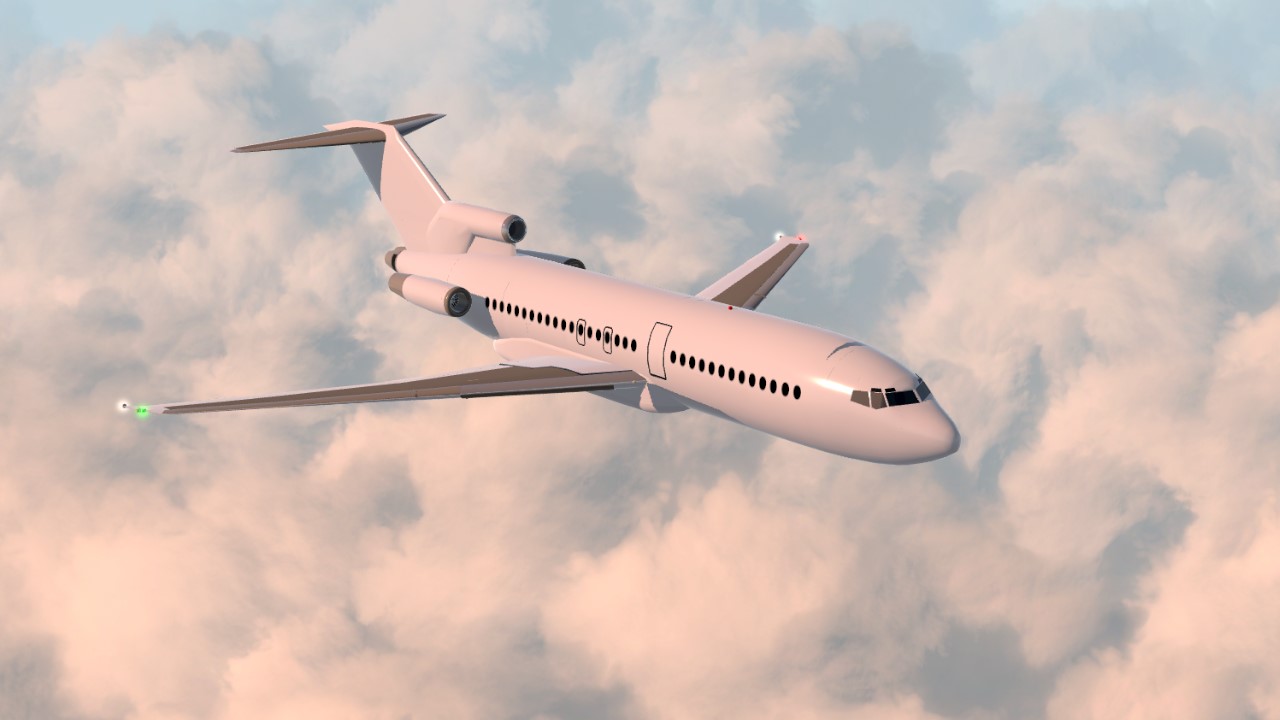
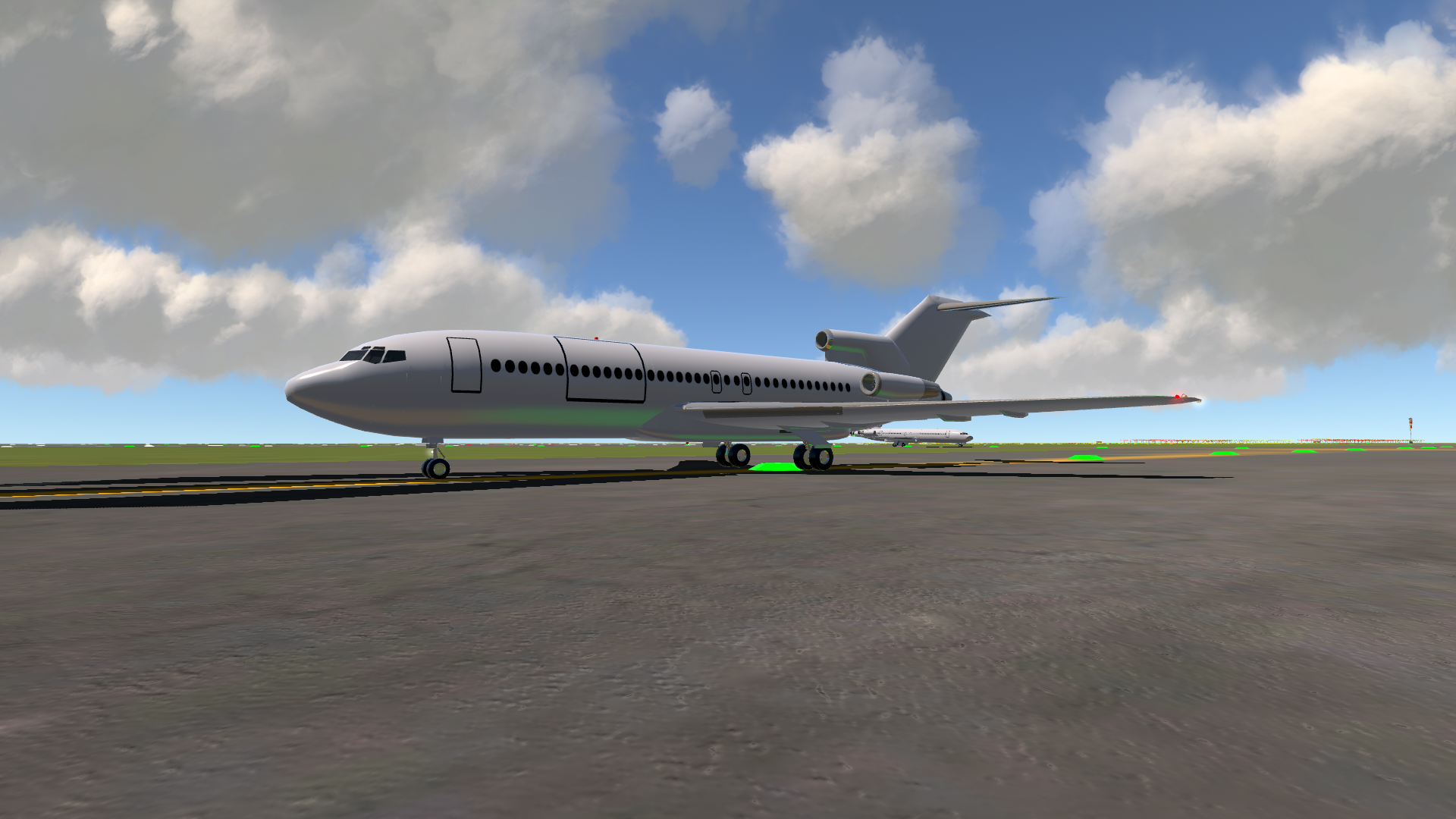
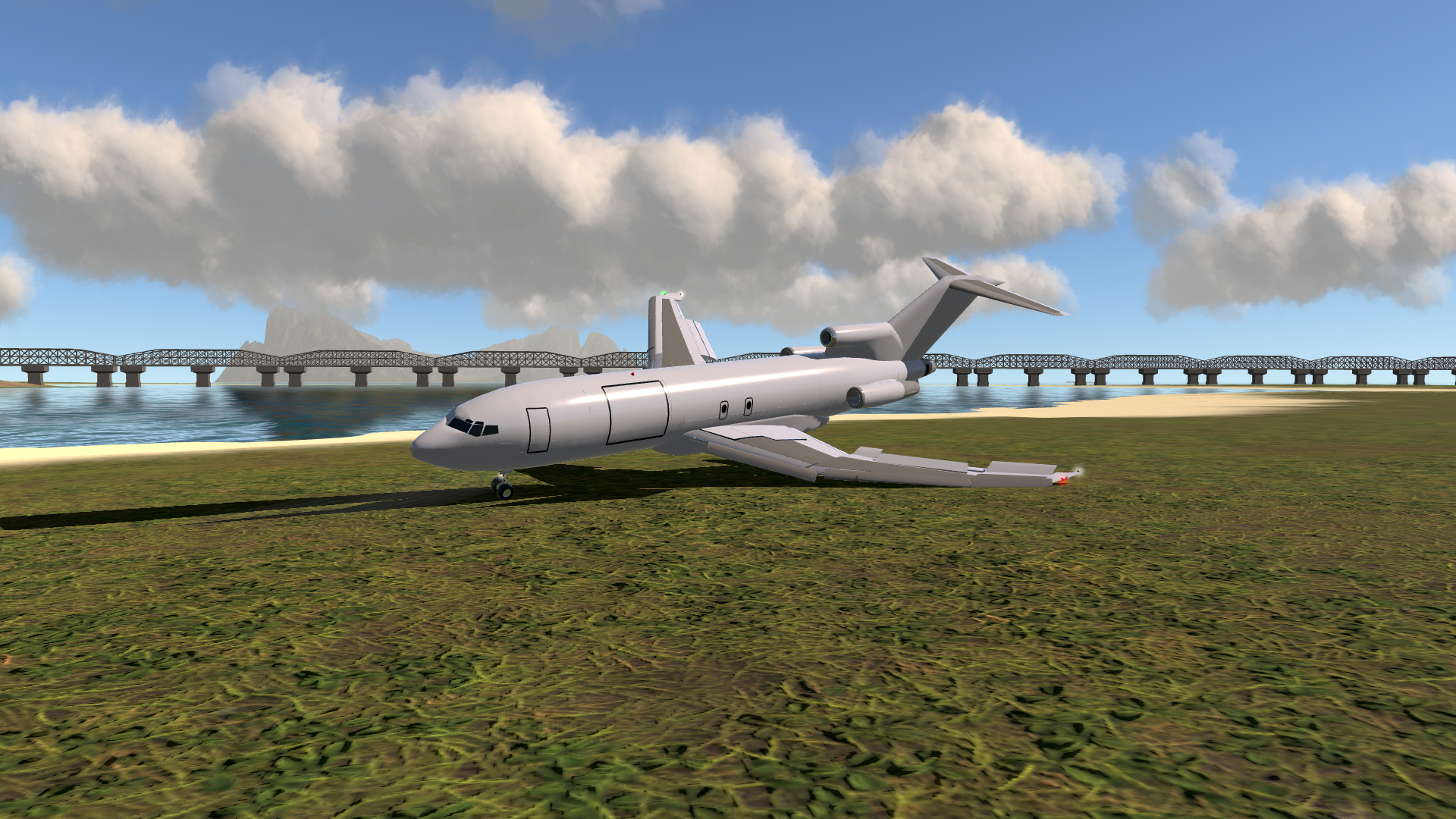
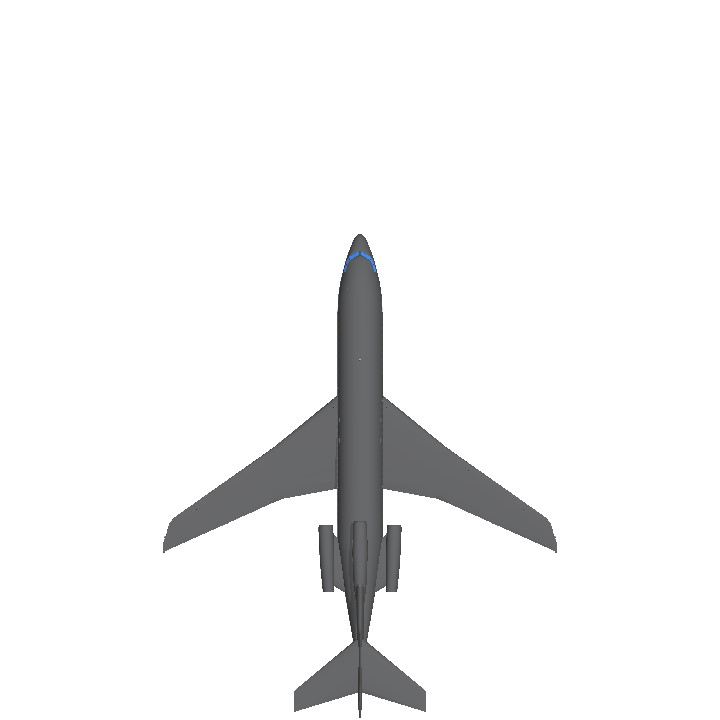
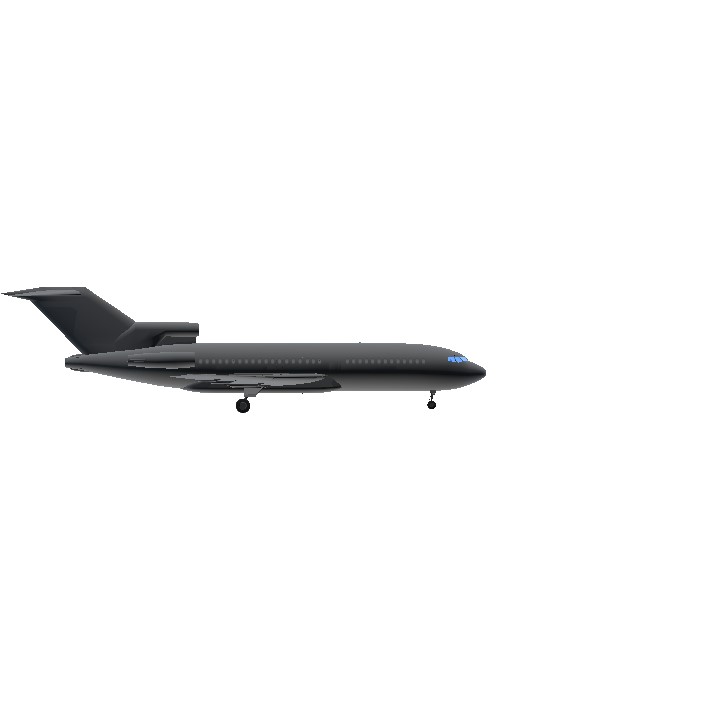

Other configurations of 727-100/-200 will be released during this period.
Credits: @GalacticaAsia's B727-200
Didn't Air America operate these?
Try doing the -300 variant :D